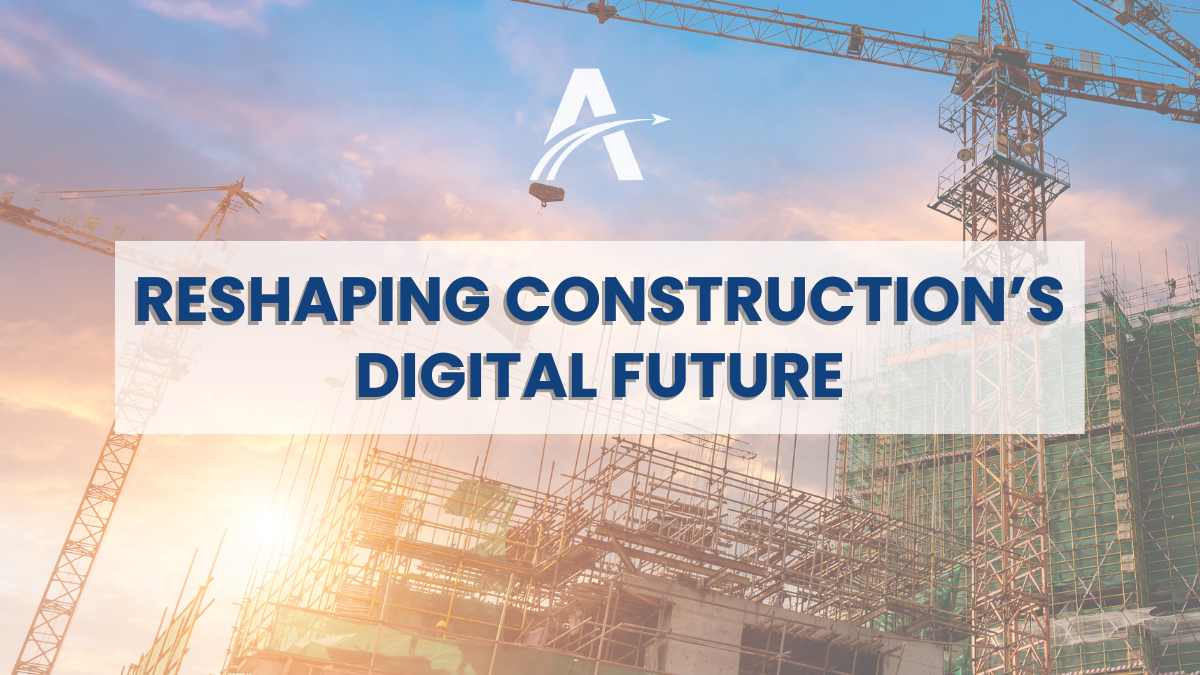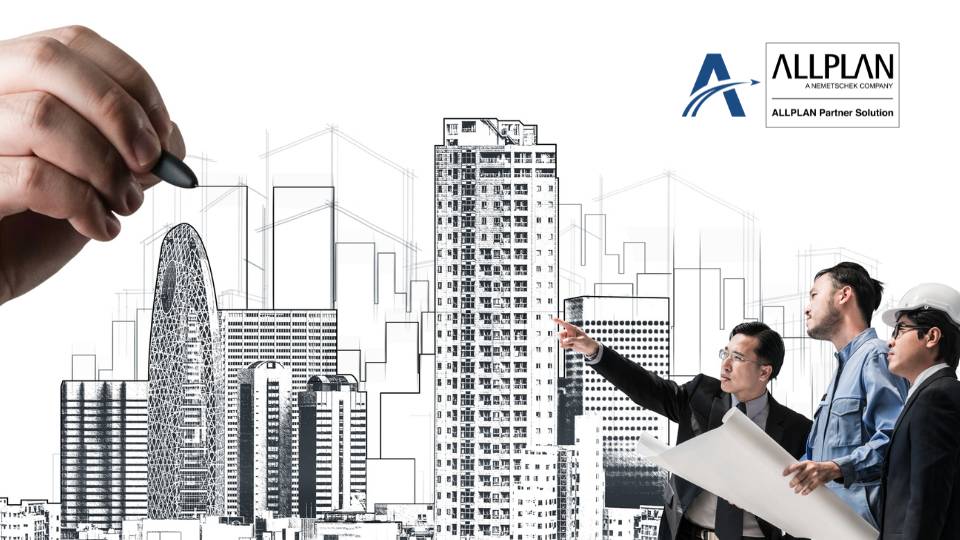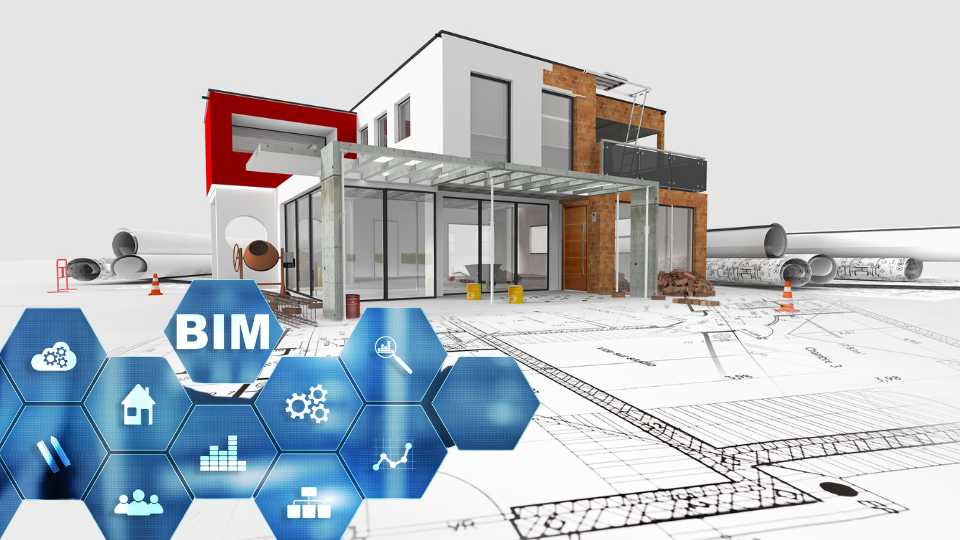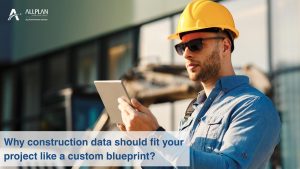The future of construction is being reshaped by digital technologies
Source: McKinsey; Internet

The construction industry is undergoing a transformation as digital technologies revolutionize how projects are designed, managed, and executed. Advanced tools like Building Information Modeling (BIM), digital twins, AI, and IoT are streamlining workflows, enhancing collaboration, and driving efficiency.
In this digital future, 3D models evolve into dynamic sources of truth, allowing teams to collaborate in real time, automate repetitive tasks, and make informed decisions based on accurate data. Construction sites become smarter with real-time tracking, drone monitoring, and predictive analytics, reducing delays and minimizing risks.
From virtual simulations to prefabrication processes, the entire project lifecycle—design, fabrication, and operation—becomes interconnected. This shift not only streamlines workflows but also opens new opportunities for businesses to reduce costs, enhance safety, and deliver higher-quality structures. Embracing these technologies today will pave the way for a more efficient, innovative, and sustainable construction industry tomorrow.

Here are 5 key trends that will shape the future of construction and capital projects:
1. Increased Adoption of Digital Twins and BIM
Digital twins and advanced BIM (Building Information Modeling) are transforming how projects are planned and managed. These tools provide real-time, data-rich models that allow teams to monitor project progress, predict maintenance needs, and optimize asset performance across the entire lifecycle.
2. Modular and Offsite Construction
Modular construction and prefabrication are becoming more common as they reduce construction time, lower costs, and improve quality. By assembling components off-site and transporting them to the site, projects become faster and more efficient while minimizing environmental impacts.
3. AI and Data-Driven Decision-Making
Artificial intelligence and machine learning are enabling predictive analytics to forecast project risks, optimize schedules, and prevent delays. AI-driven tools are also automating tasks like design generation, project management, and quality control, enhancing efficiency and accuracy.
4. Sustainability and Green Building Initiatives
Sustainable construction practices are gaining momentum, driven by stricter regulations and growing environmental awareness. Green materials, energy-efficient designs, and carbon-neutral goals will play a crucial role, with smart technologies helping to track and reduce carbon footprints throughout the project lifecycle.
5. Robotics and Autonomous Technologies on Site
Robotics and autonomous equipment are revolutionizing construction sites. Drones for surveying, robotic bricklayers, and autonomous machinery are improving productivity while enhancing worker safety. These technologies help reduce labor shortages and streamline repetitive or hazardous tasks.
Together, these trends point to a future where construction projects become more efficient, sustainable, and technologically advanced, driving value for all stakeholders involved.

Singapore is pioneering a new model of construction.
Source: Building and Construction Authority of Singapore; McKinsey analysis
Concept
- In prefabricated, prefinished volumetric construction (PPVC), complete flats or modules made of multiple units complete with internal
finishes, fixtures, and fittings are manufactured in factories; they are then transported to site to be
erected in a modular manner - Typically relevant for hotels, hostels, budget condominiums, and other facilities with standard shapes and designs
Impact
- Productivity improvement of up to 50% with respect to staffing and time savings
- Minimal dust and noise pollution
- Improved site safety
5D Building Information Modeling (BIM)

5D Building Information Modeling (BIM) refers to an advanced level of BIM that incorporates time and cost data alongside the traditional 3D design model. This integration allows stakeholders to better understand how a project’s design, schedule, and budget interact, providing a more comprehensive view of the project lifecycle.
Here’s a breakdown of 5D BIM and its benefits
1. Enhanced Cost Estimation and Budget Management
5D BIM integrates cost data into the model, allowing for accurate quantity take-offs and real-time cost estimations. As the design evolves, stakeholders can instantly see how changes impact the budget, making it easier to control costs and avoid overruns.
2. Improved Project Scheduling
By adding time (4D) to the 3D model, teams can create a visual schedule, showing the construction sequence over time. When combined with cost (5D), it becomes easier to forecast how delays or changes affect the overall timeline and budget. This proactive planning reduces risks and ensures smoother execution.
3. Streamlined Collaboration and Communication
With 5D BIM, all stakeholders—architects, contractors, engineers, and owners—work from a shared model that contains up-to-date cost and schedule information. This transparency minimizes miscommunication and ensures that all team members are aligned throughout the project.
4. Real-Time Scenario Analysis
5D BIM allows users to experiment with design alternatives and instantly see the cost and time implications of each scenario. This capability supports better decision-making by evaluating multiple solutions before committing to a specific approach.
5. Minimized Risks and Rework
Because cost and schedule data are embedded within the model, potential conflicts or discrepancies are identified early, reducing the likelihood of rework. The ability to track progress in real-time further ensures that the project stays on schedule and within budget.
In summary, 5D BIM enhances traditional 3D models by linking them to time and cost dimensions, giving project teams deeper insights. It enables better forecasting, risk management, and efficiency, ultimately improving project outcomes and profitability.
More Posts

Hardware and Software Requirements for ALLPLAN 2026
ALLPLAN System Requirements

Why Construction data should fit your project like a custom blueprint?
In an ideal world, ours would be an industry that ran on precision and fine margins but, as we all know, there is nothing precise

What is Design for Manufacturing and Assembly (DFMA)?
Source: Internet Design for Manufacturing and Assembly (DFMA) is a product design approach that focuses on simplifying the manufacturing and assembly processes to reduce production

